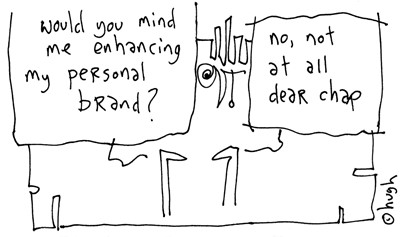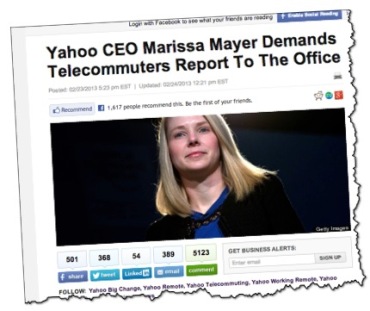ODesk, one of the online marketplaces for freelancers, released an interesting figure of the ‘long tail’ of freelancers, based on its database of job openings vs skills.
 What this figure shows is that although the web-related specialties obviously dominate, a number of other skills are now visible on these marketplaces. What’s even more interesting is the emergence of more specialties including Engineering and Architectural Design.
What this figure shows is that although the web-related specialties obviously dominate, a number of other skills are now visible on these marketplaces. What’s even more interesting is the emergence of more specialties including Engineering and Architectural Design.
An other interesting source of information on the freelance market is the ‘state of the freelance‘ study by Elance (an other freelance market place) in Sept 2012. Some of the data needs to be considered with caution as it is somewhat an infomercial, but there are some interesting observations:
- lots of on-line freelance (38%) are from generation X, and not all are millenials!
- most online freelance are full-time
- overall, all these freelance marketplaces see a healthy grow in jobs and freelance revenue transiting.
It will be interesting to see how much this trend will spread in the next few years. While the number of skills will expand, my prediction and experience is that online freelancing is somewhat limited to simple tasks and cannot replace the need to organize a project team, which will remain the key competence, in particular if it comes to organize a project team of online freelancers!
More on the figure data origin and interpretation on the ODesk blog.












